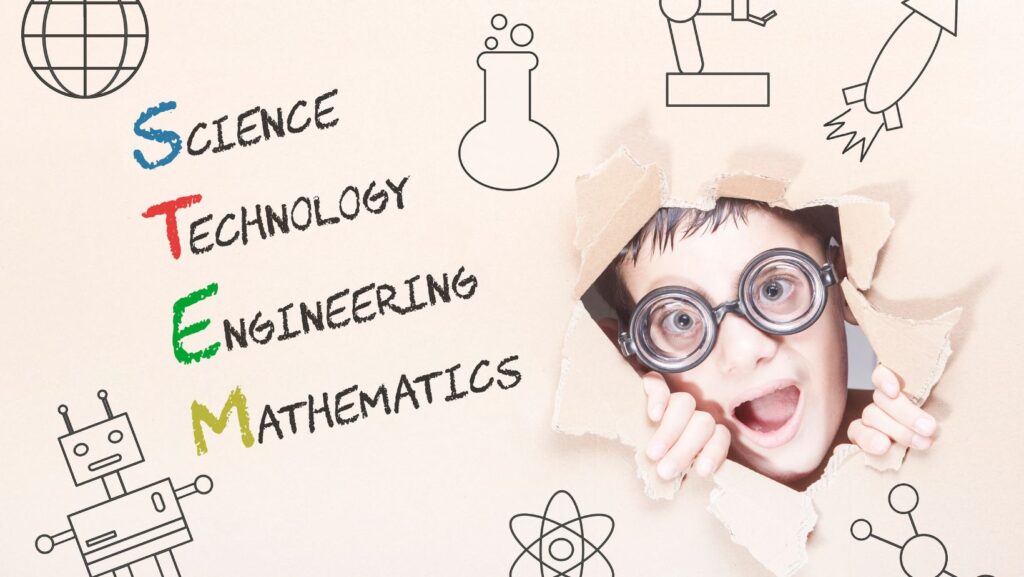Science Technology Engineering and Mathematics
As someone passionate about Science Technology Engineering and Mathematics fields, I dive into the fascinating world of science, technology, engineering, and mathematics. These disciplines are the cornerstone of innovation and progress in our modern society. From unraveling the mysteries of the universe to developing cutting-edge technologies, Science Technology Engineering and Mathematics opens doors to endless possibilities.
In this article, I’ll explore the impact of Science Technology Engineering and Mathematics on our daily lives, from the game mods devices we use to the healthcare we receive. By delving into the interconnected nature of these disciplines, we can truly appreciate the power they hold in shaping our future. Join me on this journey through the realms of science, technology, engineering, and mathematics, where curiosity meets creativity and knowledge transforms into groundbreaking advancements.
Importance of STEM Education
Benefits of STEM Education
Science Technology Engineering and Mathematics education fosters critical thinking and problem-solving skills.
It nurtures innovation and creativity essential for modern challenges.
Students gain practical knowledge in science, technology, engineering, and mathematics.
Growth of STEM Careers
Science Technology Engineering and Mathematics careers offer high earning potential and job stability.
There is a growing demand for Science Technology Engineering and Mathematics professionals in diverse industries.
Tech companies are continually seeking skilled STEM graduates.

Challenges in STEM Education
Gender Disparities in STEM Fields
Growing up, I noticed significant gender disparities in STEM fields. Women are underrepresented and face barriers in pursuing careers in science, technology, engineering, and mathematics.
Lack of Diversity in STEM
Reflecting on my experience, I realized another challenge in Science Technology Engineering and Mathematics education is the lack of diversity. It’s crucial to foster an inclusive environment to encourage individuals from underrepresented backgrounds to explore and thrive in STEM disciplines.
Continuing to address these challenges is key to promoting equity and opportunities in STEM education and careers.
Innovative Approaches in STEM Education
Hands-On Learning
Embracing hands-on learning is key in Science Technology Engineering and Mathematics education. It fosters practical skills and enhances understanding. Through experiments and projects, students grasp concepts effectively.
Integration of Technology
Technology integration revolutionizes Science Technology Engineering and Mathematics education. From virtual simulations to coding applications, technology enhances engagement and comprehension in STEM disciplines.

The Future of STEM
When it comes to the future of Science Technology Engineering and Mathematics, the possibilities are endless. As technology continues to advance at a rapid pace, the fields of science, technology, engineering, and mathematics will only continue to evolve and expand. Here are some key insights into what the future holds for STEM disciplines:
- Artificial Intelligence (AI): AI is reshaping the way we approach problem-solving and decision-making across all STEM fields. From predictive analytics in science to autonomous systems in engineering, AI is driving innovation and efficiency like never before.
- Virtual Reality (VR) and Augmented Reality (AR): The use of VR and AR technologies is revolutionizing education and training in STEM. Imagine students exploring the depths of the ocean or the vastness of outer space through immersive simulations that enhance their learning experience.
- Robotics: With advancements in robotics, we’re seeing a surge in automation across various industries. From robotic assembly lines in manufacturing to autonomous drones in agriculture, robotics is opening up new possibilities for STEM professionals.
- Biotechnology: The intersection of STEM and biotechnology is paving the way for groundbreaking discoveries in healthcare, agriculture, and environmental science. From gene editing to bioinformatics, biotechnology is pushing the boundaries of what is possible in these fields.
- Green Technology: As sustainability becomes a top priority, STEM disciplines are at the forefront of developing green technologies. From renewable energy sources to eco-friendly materials, the future of STEM is focused on creating a more sustainable and environmentally conscious world.
The future of STEM is bright, with endless opportunities for innovation and growth. By staying at the forefront of technological advancements and embracing interdisciplinary approaches, we can unlock the full potential of STEM to address the challenges of tomorrow.
Science Technology Engineering and Mathematics education is poised for a remarkable future with the integration of cutting-edge technologies like AI, VR, AR, Robotics, Biotechnology, and Green Technology. Embracing interdisciplinary strategies and leveraging technological advancements will pave the way for innovative solutions to address upcoming challenges effectively. The potential for growth and innovation in the STEM fields is limitless, offering a bright outlook for those willing to explore and push the boundaries of science, technology, engineering, and mathematics. As we continue to evolve in this digital age, the opportunities for advancements and discoveries in STEM are boundless, shaping a promising future for generations to come.
